This article will introduce the basic knowledge of banana cultivation, fertilization methods, and common nutrient deficiency symptoms. We hope it will be helpful for friends interested in banana cultivation.
The basic knowledge of banana cultivation
- Selecting Varieties for Planting: Banana trees can grow in different climatic conditions, but it’s essential to choose suitable varieties based on the local climate. For instance, temperate bananas are more suitable for regions with lower temperatures, while tropical bananas thrive in hotter climates.
- Soil Requirements: Banana trees prefer fertile, well-draining soil with a pH level between 6 and 7. Before planting, soil improvement can be carried out by incorporating organic and mineral fertilizers.
- Optimal Temperature and Light: Banana trees thrive in temperatures ranging from 20 to 35 degrees Celsius. Adequate sunlight exposure is crucial for the growth of bananas.
Fertilization Methods
- Application of Organic Fertilizers: Organic fertilizers, such as farmyard manure and well-rotted animal dung, are crucial for banana cultivation. They improve soil structure and increase soil fertility. These organic fertilizers can be applied in moderate amounts before planting, during the growth period, and when the plants are bearing fruit.
- Application of Mineral Fertilizers: Phosphorus, potassium, and nitrogen are essential elements for banana growth. Select fertilizers containing these elements, such as phosphorus fertilizer, potassium fertilizer, and nitrogen fertilizer. Apply them in appropriate quantities during the plant’s growth period, being cautious to avoid over-fertilization.
- Foliar Feeding: Foliar feeding is an effective fertilization method that promotes nutrient absorption and increases nutrient utilization in bananas. Choose foliar fertilizers containing trace elements and spray them on the leaves either in the morning or evening, avoiding direct sunlight. This method enhances the overall health and growth of banana plants.
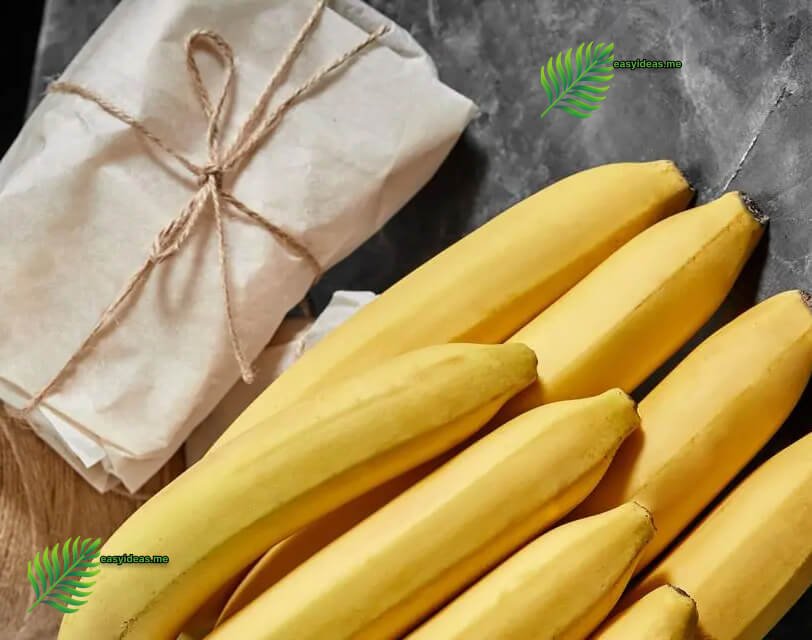
The effects of each type of fertilizer on bananas
Application of Nitrogen Fertilizer
- Nitrogen is an indispensable nutrient for the growth and development of bananas, playing a crucial role in the growth of leaves, photosynthesis, and the formation and development of young fruits. Applying an appropriate amount of nitrogen fertilizer during the early and middle stages of growth helps enhance banana yield and quality.
- Excessive nitrogen fertilizer can lead to overly vigorous growth of banana plants, negatively impacting the quality and taste of the fruit and potentially causing deficiencies in other nutrients. Therefore, when applying nitrogen fertilizer, it is essential to fertilize scientifically based on soil conditions and the growth requirements of the plants, avoiding over-fertilization.
Application of Phosphorus Fertilizer
- Phosphorus is a key nutrient element in the growth and development of plants, playing a crucial role in promoting root growth, enhancing plant stress resistance, and facilitating fruit development. When cultivating bananas, applying phosphorus-containing fertilizers can contribute to increased banana yield and improved quality.
- Excessive application of phosphorus fertilizer can lead to the accumulation of phosphorus in the soil, causing an excess of phosphates and negatively impacting plant growth. Therefore, when applying phosphorus fertilizer, it is essential to fertilize scientifically based on soil phosphorus content and the growth requirements of the plants, avoiding over-fertilization.
Application of Potassium Fertilizer
- Potassium is a crucial element in the growth and development of plants, playing an essential role in enhancing plant stress resistance, promoting fruit enlargement, and improving overall quality. When cultivating bananas, applying an appropriate amount of potassium fertilizer can contribute to improving the quality and taste of the fruit.
- Excessive application of potassium fertilizer can lead to deficiencies in other elements, negatively impacting plant growth and development. Therefore, when applying potassium fertilizer, it is crucial to fertilize scientifically based on soil conditions and the growth requirements of the plants, avoiding over-fertilization.
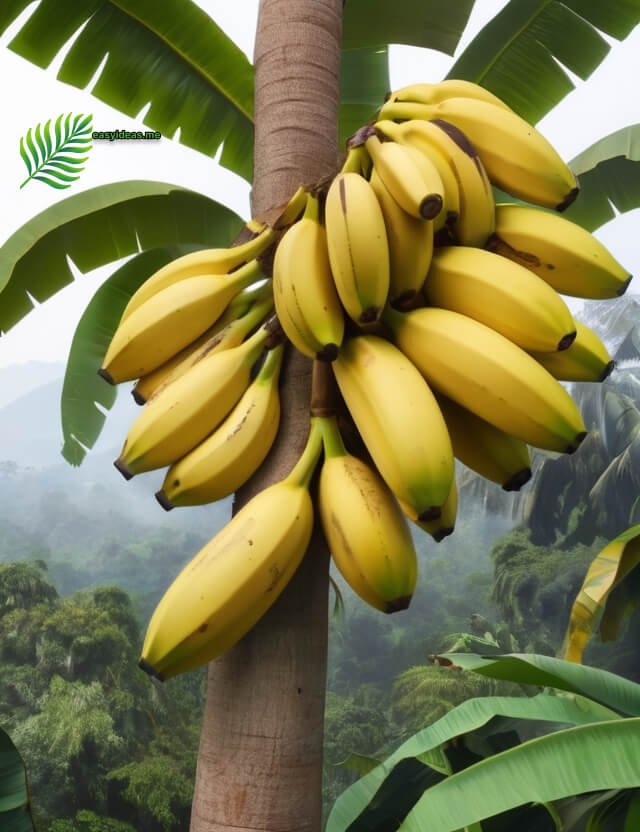
Nutrient Deficiency Symptoms
- Nitrogen Deficiency: Symptoms include yellowing of plant leaves, slow growth, leaf wilting, and poor fruit development.
- Phosphorus Deficiency: Signs include dark green leaves, slow leaf growth, inhibited root development, and poor fruit development.
- Potassium Deficiency: Symptoms involve leaf edge scorching, lower fruit quality, and reduced plant stress resistance.
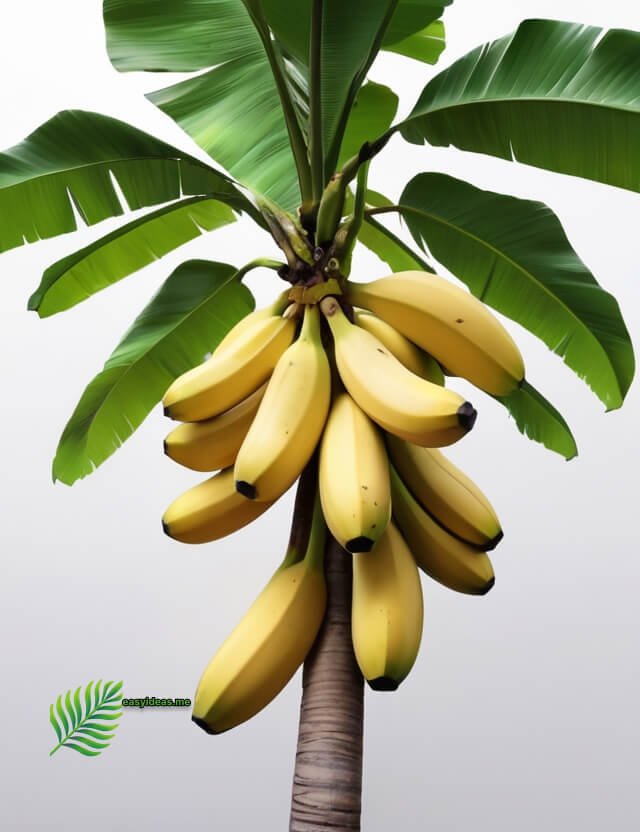
Cultivating bananas requires a solid understanding of basic knowledge and fertilizing scientifically according to the growth needs of the plants. Proper fertilization not only promotes the growth and development of bananas but also prevents nutrient deficiencies and enhances productivity and quality. We hope banana growers will gain a deeper understanding of banana cultivation and achieve successful harvests through the introduction provided in this article.
Unlock 8 Benefits of Banana Peels Fertilizer: How to use fertilizer for banana cultivation
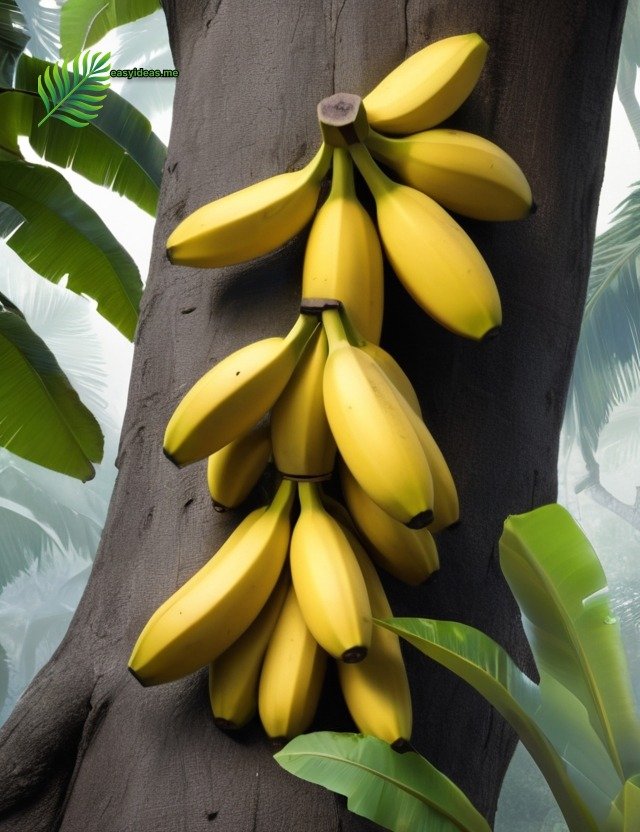
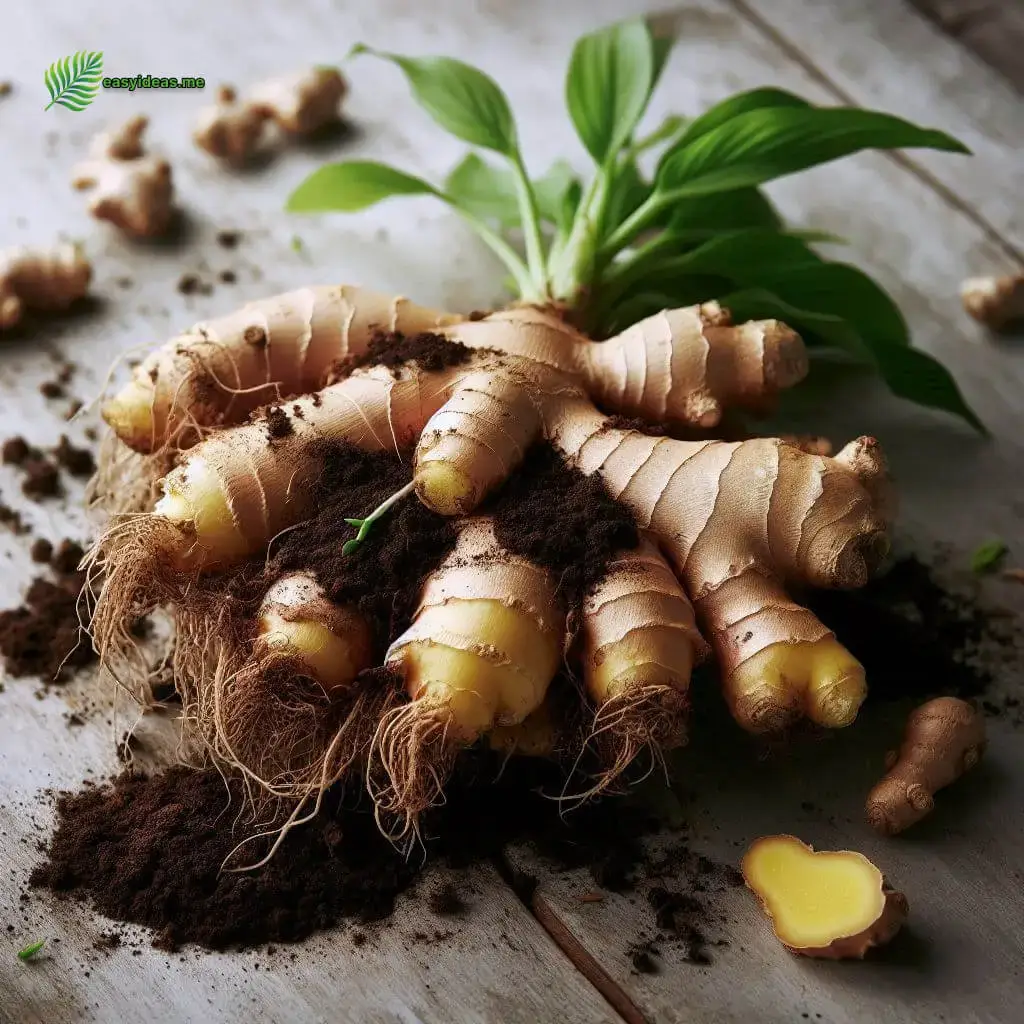
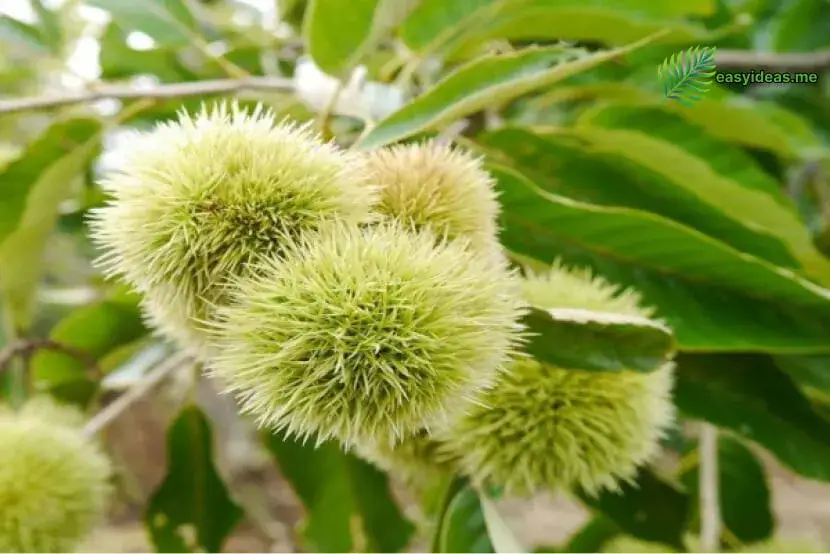
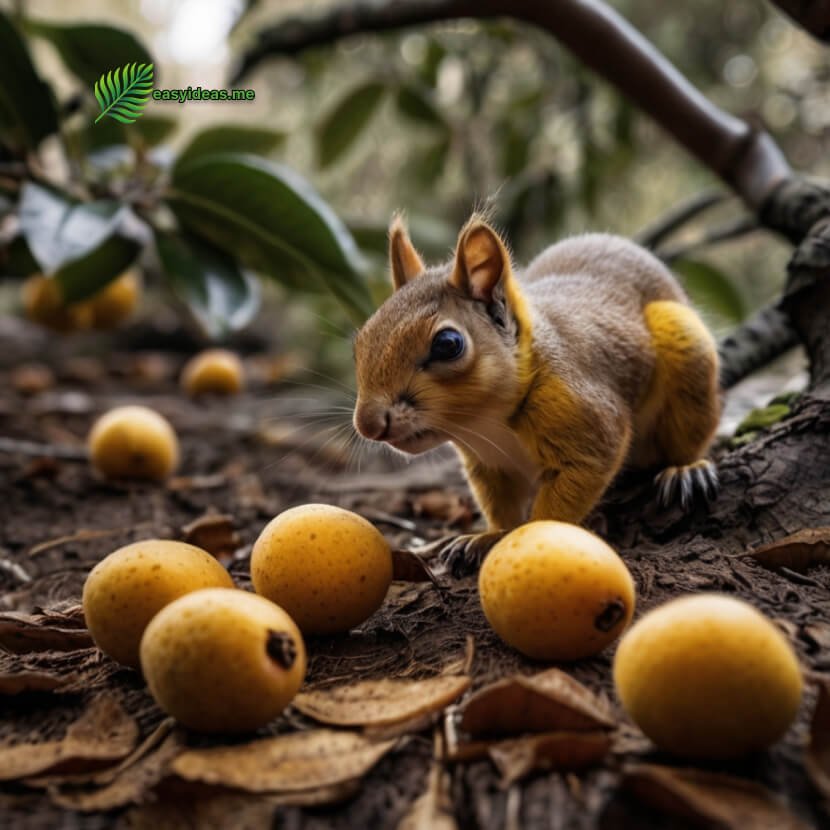

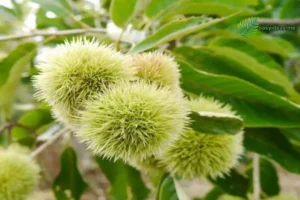


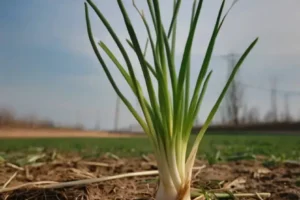




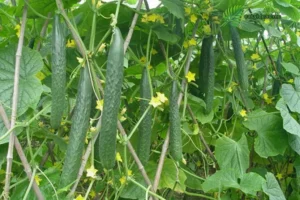


One thought on “How to use fertilizer for banana cultivation”